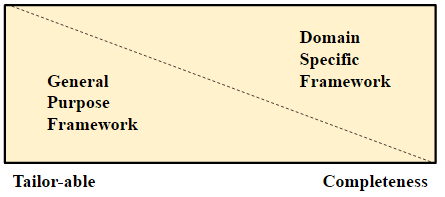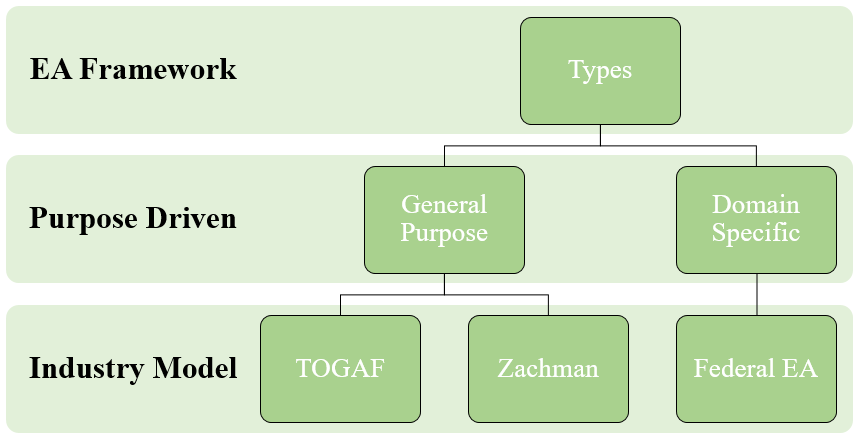Commonly known EA Frameworks
In the real-world scenario, the Enterprise Architecture Framework (EAF) inspires software development processes in the industry. It is essential to fulfill the mission of the associated enterprise.
In a nutshell, EA serves as the blueprint for the system and the project that develops it. An EAF can describe the underlying infrastructure, thus providing the groundwork for the hardware, software, and networks to work together.
With the usage of EAF, the organization will be in a situation to understand and analyze the weaknesses or inconsistencies to be identified and addressed. As per the fundamentals of computing, a framework is often a layered structure indicating what kind of programs can or should be built, and how they will interrelate.
To my knowledge, there are a few established EAFs available in the industry today. Some of them were developed for a very specific area, whereas others have a broader coverage with complete functionality.
In my view, there are two common types of EAFs used in the industry, which are as follows:
- General Purpose Framework
- Domain Specific Framework

General Purpose Frameworks
As the name describes, these frameworks are designed by being agnostic to any specific implementation. They have no specific business drivers in terms of an enterprise specific scenario, but rather, they are capability based. Some of the well-known general purpose EA Frameworks are TOGAF and Zachman.
Domain Specific Frameworks
As self-described, these frameworks are derived from the common EA effort, in turn referred to as domain specific. By design, they are derived with a predefined set of business conditions and concerns because they may have originated from an Enterprise Architecture team or process improvement effort. On rolling out to the industry, these frameworks are mostly driven by government agencies or other geographies.
Based on the types of industry of the EA Frameworks, the type charter is depicted as follows:

By design, the EA Framework provides a conceptual framework to explain the following:
- How the key terms are related to each other conceptually for architectural description
- The following are the number of scenarios for the enterprise architectural activities during the software life cycle:
- Evolutionary system
- Existing architecture
- Architectural evaluation
- The role of the stakeholders in the creation and use of an architecture description
In this book, we will cover the foundations of two commonly known, general purpose EA Frameworks, which are as follows:
- TOGAF
- Zachman Framework
We will look into their details after the layers of Enterprise Architecture section as follows:





































































